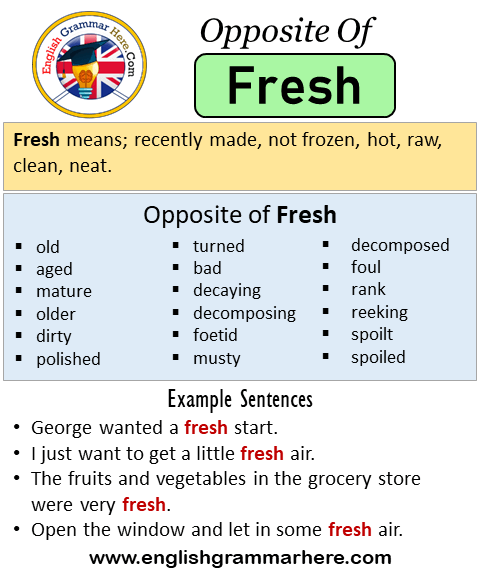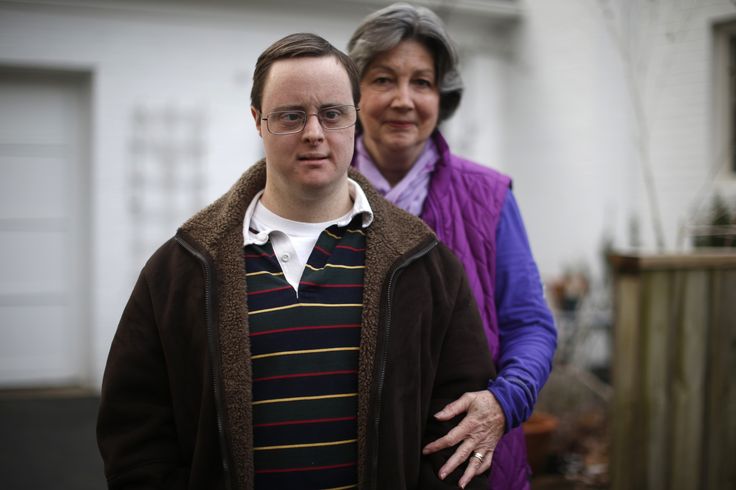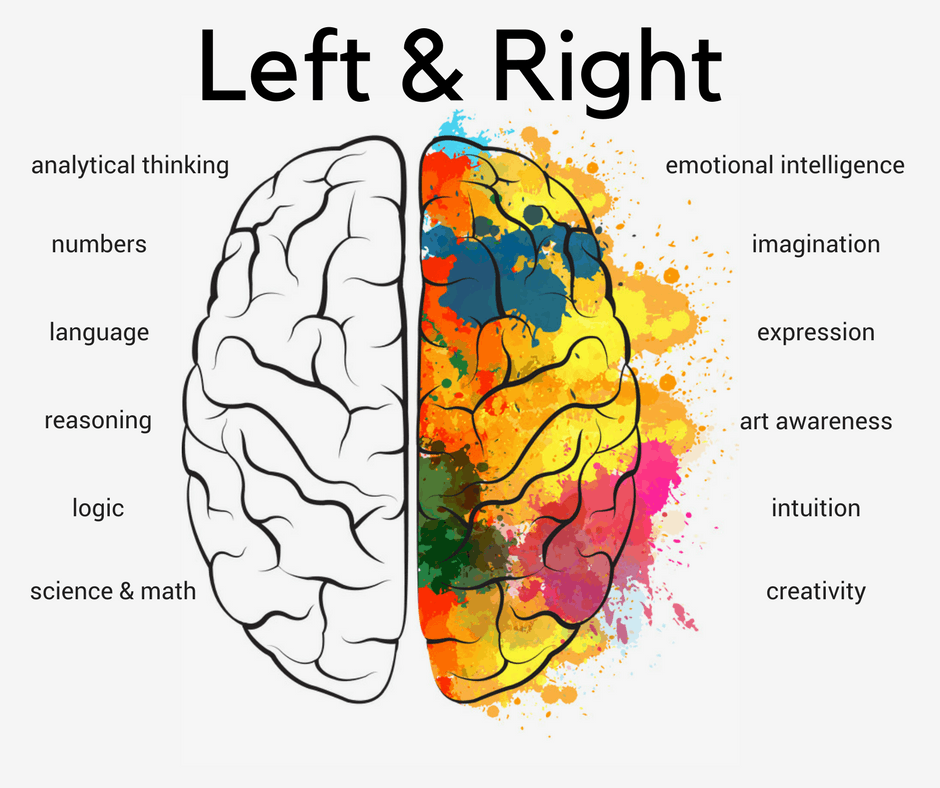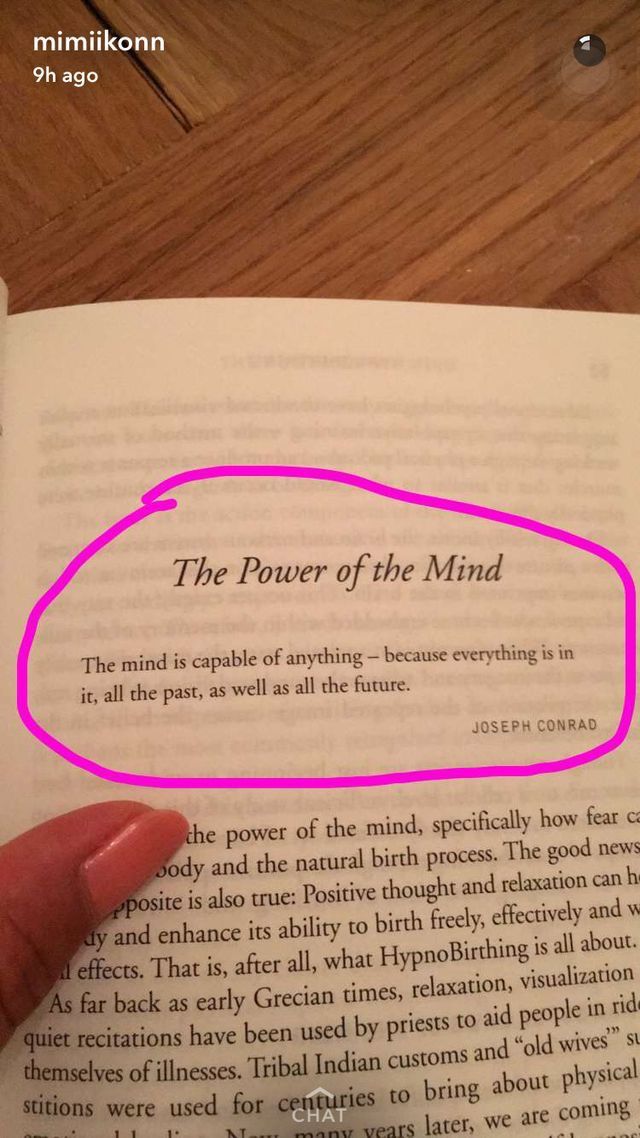Opposite of codependency
The Dangers of Counterdependency - When You Never Need Anyone
By: Garry Knight
Codependency, the habit of gaining your self worth from pleasing others, is something most people know of nowadays.
But it’s lesser known opposite, called counterdependency, can be just as much of a problem. And it’s often related to codependency.
In fact sometimes a person will switch from one extreme to the other in a relationship, becoming counterdependent after months or years of codependency.
What is counterdependency?
So what is counterdependency? In many ways, it’s really a fancy word for fear of intimacy.
Those who suffer counterdependency have a dread of ever depending on or needing anyone, at heart of which is an inability to trust. If there was a mantra that all counterdependents have, it would probably be “I don’t need anyone.”
The signs of counterdependency
Counterdependents can often come across as vibrant, ‘life of the party’ sorts, or be the kind who have many friends and relationships. The difference is that those relationships will not be deep and trusting, and might not last.
So one of the main signs of counterdependency is an inability to have connected and authentic relationships.
Signs of not being connected
This involves:
Symptoms around communication
Because a counterdependent seeks to avoid anyone getting close enough they are tempted to depend on them, communication becomes tempered by lack of trust. This can manifest as:
- walk away from or avoid conflict, or need to be right
- don’t trust others’ motives but instead often second guess people
- a constant sense that others always let them down
- rarely ask others for help.
Symptoms involving your inner world
Then there is the inner world of a counterdependent. With a childhood that often left them to fend for themselves emotional (see causes, below) a counterdependent can have a tumultuous mind, including:
- being oversensitive to criticism of others even as they often criticise
- often hard on themselves, hate making mistakes
- suffer an inner soundtrack of intense self-criticism
- don’t relax easily
- can experience shame if they feel needy
- see vulnerability as weakness
- secretly suffer feelings of loneliness and emptiness
- might have difficulty remembering childhood.
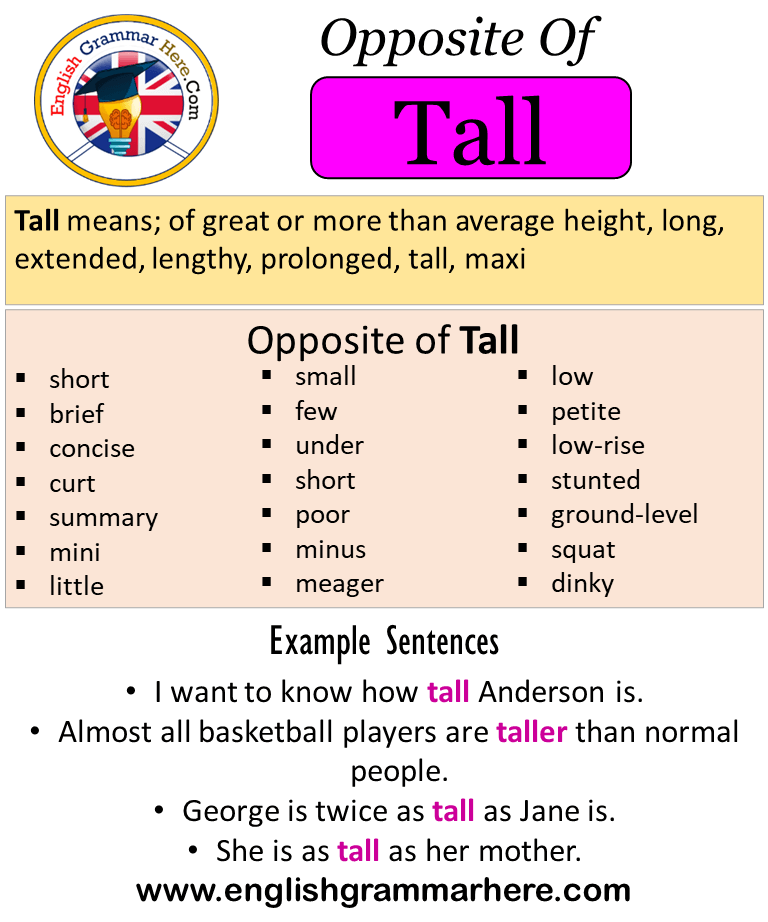
Related mental health conditions to counterdependency
Why is counterdependency such a big deal? First of all, it can cause intense (if often well hidden) feelings of loneliness. This can often spiral into depression and anxiety. If it isn’t the loneliness that causes severe low moods, it’s often the hidden low self-esteem that counterdependents suffer from, which is one of the leading pathways to major depressive episodes.
There is also the possibility of developing grandiosity or even narcissistic personality disorder. Clinging to the notion that you don’t need others or that others are not ‘good enough’ to understand you can mean you develop an inflated sense of being superior, which taken too far can mean you lose empathy for others entirely.
What do counterdependent people think?
By: Street Photography Addict
What do the thoughts of a counterdependent sound like, then? The below are the sorts of thinking counterdependency produces –
- “I don’t need anyone”.
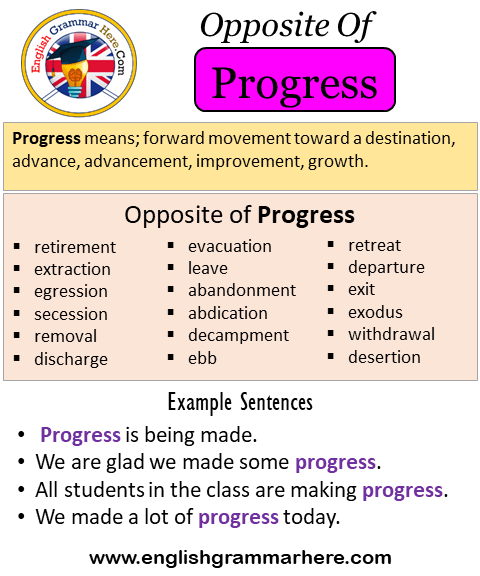
- “Don’t let them too close they’ll just disappoint you”.
- “I’d rather be successful than have a relationship anyway”.
- “Love is overrated, I don’t need it”.
- “People just take take take and leave me drained, it’s not worth it”.
- “I’m too good for him/her anyway”.
- “Don’t let your guard down, or they’ll just hurt you”.
- “He/she could never handle me”.
- “Nobody can understand me, they aren’t smart enough”.
The connection between codependency and counterdependency
A codependent appears to be the opposite of a counterdependent person. They believe that they need another’s attention to have any self worth, and tend to manipulate by their smothering attentions to their partner.
Although it might sound like the last person a counterdependent would choose to be involved with, it’s actually a very common match. A counterdependent person will initially be attracted to the codependent’s apparent show of understanding and warmth.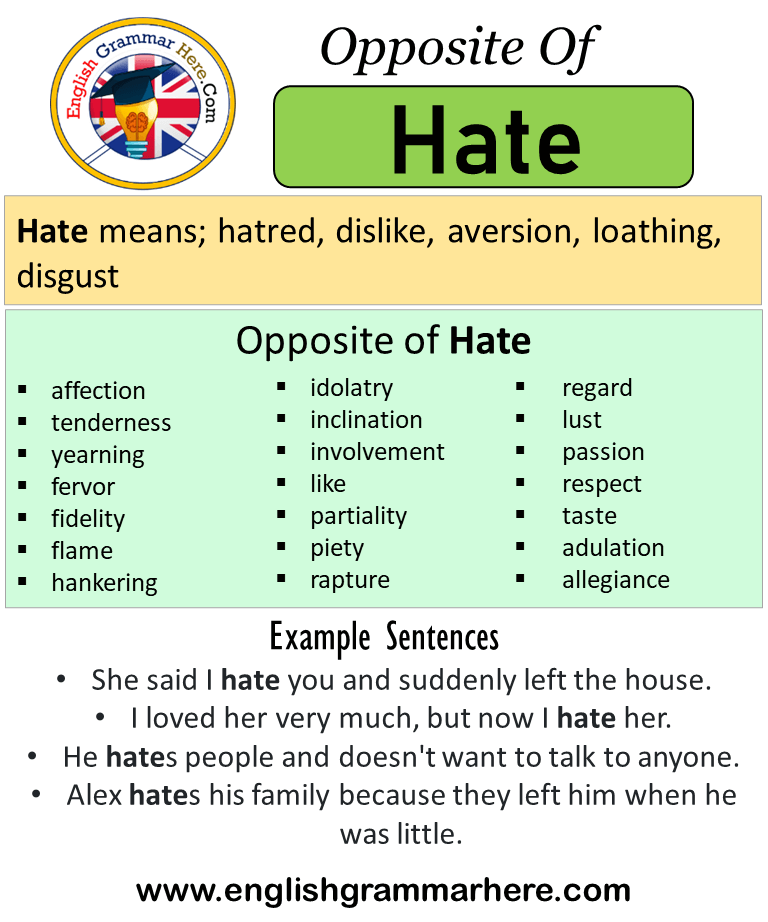
Why are codependents and counterdependents so often in relationships together? Because underneath a counterdependent person’s belief they don’t need anyone ais a deep desire to finally be able to let their guard down and fully trust and love another.
When partners switch
Because codependency and counterdependency both revolve around needing others, whether that is wanting or avoiding, it’s not uncommon for partners in a ‘dependency based ‘ relationship to switch roles.
A common example is when after years of constantly seeking out and desperately needing another’s attentions, a codependent finally gains the courage to step away and stand on their own to feet. Not used to such a move, a codependent often overdoes it and goes cold on the other person or shuts them out, acting like a counterdependent. This often see the other person who usually is emotionally aloof (counterdependent) suddenly panicking to lose all the attention they are used to and becoming needy (codependent).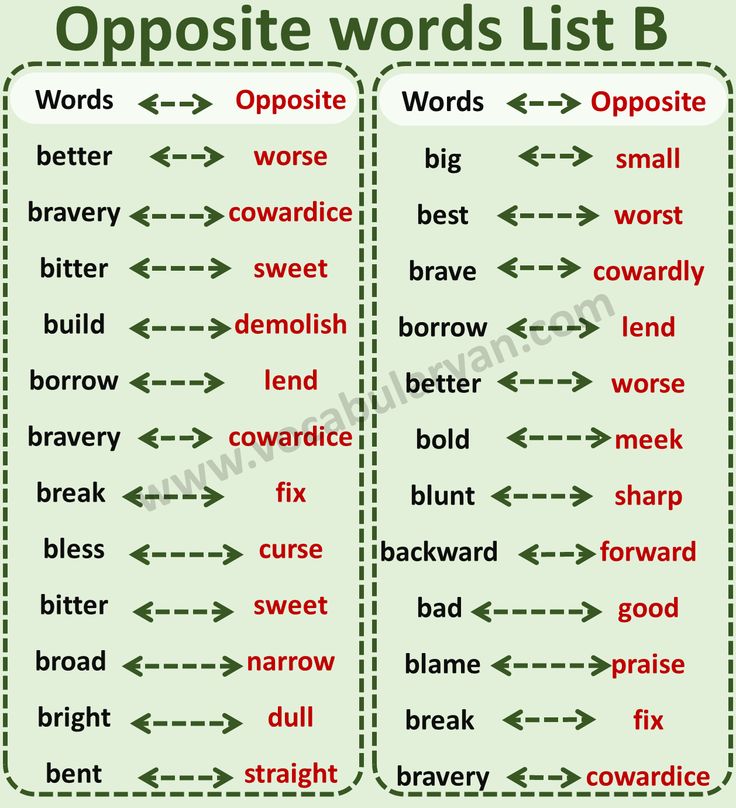 This ‘push pull’ dance can go back and forth indefinitely.
This ‘push pull’ dance can go back and forth indefinitely.
Why am I counterdependent?
Counterdependency often develops as an adult from the result of happenings in your childhood.
This could be childhood trauma. Something might have happened that instilled a belief in you that others can’t be trusted, and that it is dangerous to need them. This might have been a parent leaving, a person close to you dying, abuse, or a tragedy befalling your family.
But counterdepedency could also arise from the kind of parenting you received from your main caregiver during the beginnings of your childhood.
The attachement issues link
By: stevegatto2
Called ‘attachment’, the connection a child forms with this caregiver the first few months and years of life is very important, determining how they will relate to the world and others in the future.
“Attachment theory” sees a healthy attachment, where parents are sensitive to the needs of their child, meaning that the child is likely to grow up able to manage their emotion, be confident in themselves, and handle relationships well.
But your parental figure was not emotionally available, was unreliable or unresponsive to your needs, pushed you to be more independent than a child should have to be, or even was dangerous to you, subjecting you to emotional or physical abuse, then you will develop what is known as “avoidant attachment” or ‘anxious attachment’ style.
Even though a child should be able to need a parental figure, a child in such a situation will suppress his or her reliance on the caregiver and not turn to the parent when upset, suffering, or needing comfort. In other words, you decide at a very young age that it is too dangerous to trust your caregiver, and work to not attach to them.
Of course as a child this is a survival tactic that might help, and helps you avoid unwarranted rejection or punishment. The problem is when you continue to use this survival tactic – not allowing any dependency on others in order to keep yourself ‘safe’ -well into your adulthood without questioning its relevancy.
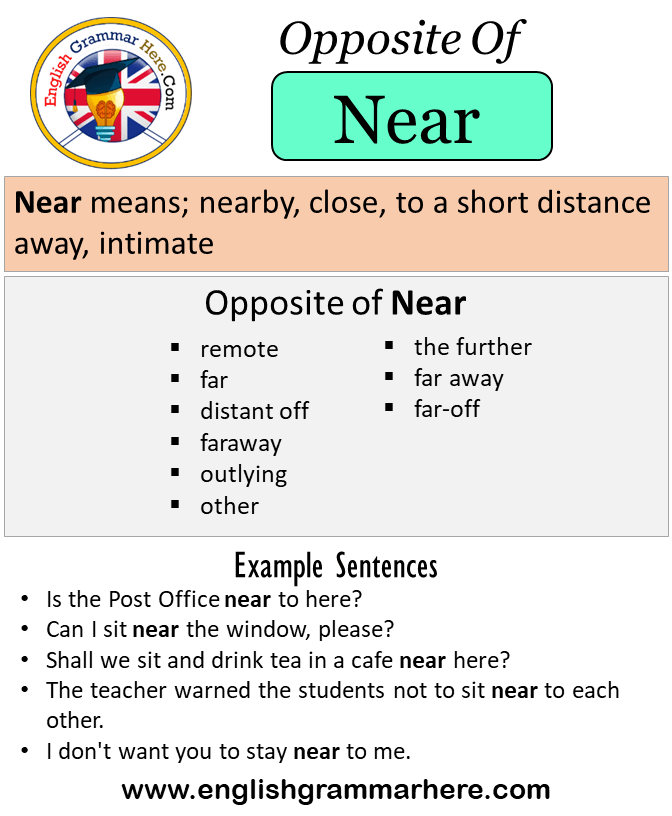
This translates into becoming an adult who doesn’t trust others to be for them, thinks they can take complete care of themselves without help, and who might secretly be very lonely indeed.
This is why one definition that is given to counterdependency in psychology circles is ‘the refusal of attachment”.
So what is it I should aim for instead of counterdependency?
A healthy person does not either need people all the time or never need them. Rather, they understand what is called interdependency.
Interdependency is when we acknowledge that we can take care of ourselves, and desire to be in charge of our lives, even as we allow ourselves to be interconnected with others and rely on them for some things.
When we are interdependent, we can allow ourselves to need things from others at the same time as knowing that if they can’t provide what we hope for we’ll be fine by ourselves. So it’s not about depending on others from need, or not depending on others due to fear, but depending on others now and then as you share your life or interests with them and it makes life easier and happier.
What do I do if I think I’m a counterdependent?
Therapy is recommended if you find that counterdependency has made it hard for you to fully be yourself around others or engage in long lasting, supportive relationships. Many kinds of psychotherapy can help.
Long term suggestions include psychodynamic psychotherapy (looking at your past for patterns affecting your future) and existential psychotherapy (exploring your personal world view and unique experiences) and person-centred psychotherapy, which focuses on your potential for growth and change.
A good short-term option could be dynamic interpersonal therapy (DIT) which focuses exclusively on how your relationships are affecting your wellbeing.
Would you like to share your experience of being a counterdependent? Do so below, we love hearing from you.
What is Counterdependency, and how is it Related to Codependency?
August 1, 2018
If you’ve not heard of Counterdependency, you’re actually not alone. Most people I encounter have never heard of this pattern of behavior, which is in a similar yet opposite realm of Codependency. It’s important to note that Counterdependency can be just as detrimental to relationships as Codependency. So before I talk about Counterdependency, let’s talk about Codependency.
Most people I encounter have never heard of this pattern of behavior, which is in a similar yet opposite realm of Codependency. It’s important to note that Counterdependency can be just as detrimental to relationships as Codependency. So before I talk about Counterdependency, let’s talk about Codependency.
What is Codependency?
Codependency is a pattern of unhealthy behaviors relating to rescuing others. Codependents struggle to say “no” due to feeling guilty or that they are letting others down. They will over-extend themselves to make others happy. They are people-pleasers. Codependents have poor boundaries and take on other’s problems and emotions. They will over-involve themselves in order to “help” others. They neglect their own needs and wants to fulfill the needs and wants of others. Individuals can be Codependent in almost any type of relationship (romantic, work, family, friend, etc.). For more information about Codependency, click here.
Codependents tend to seek out relationships with other Codependents.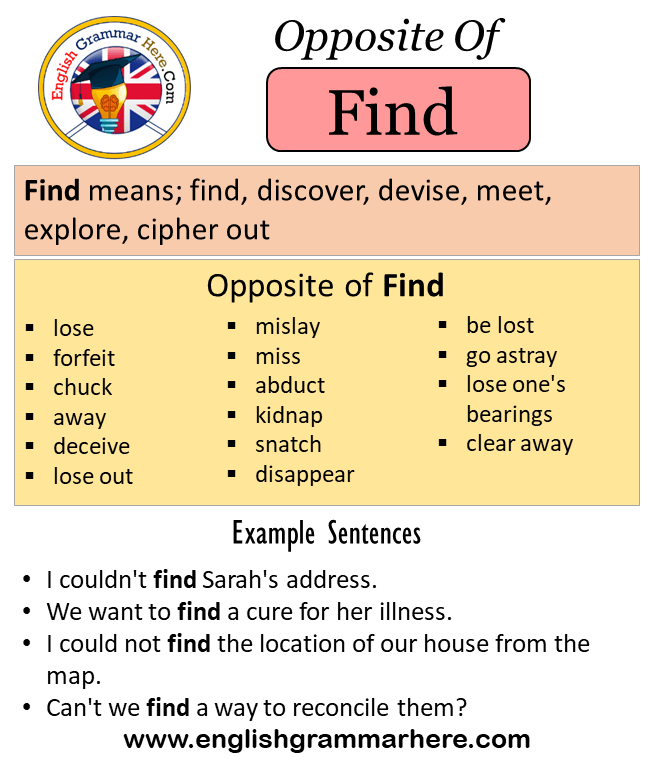 They become enmeshed and unhealthy. They are over-involved in one another’s lives. Sometimes it’s hard to know where one person ends and the next begins. They are overly reliant on each other and never apart.
They become enmeshed and unhealthy. They are over-involved in one another’s lives. Sometimes it’s hard to know where one person ends and the next begins. They are overly reliant on each other and never apart.
In addition to being in a relationship with another Codependent, sometimes Codependents find themselves in a relationship with someone who is a Counterdependent. This looks very different and is a whole other type of unhealthy relationship.
What is Counterdependency?
In some ways, Codependents and Counterdependents are opposites. Counterdependents control Codependents. They seek out a certain type of personality that they can manipulate and exert power over. Counterdependents (whether consciously or unconsciously) look for Codependents who have low self-esteem and low self-worth. They dictate what Codependents wear, how they act, and what they do. Their control can be both covert and overt, meaning sometimes it is very obvious, and sometimes it is not.
Counterdependents are arrogant and oftentimes come across as narcissistic. They have a need to be right all of the time. When others question them, they become reactive or they withdraw. They do not trust others at all. This makes it very easy to distance themselves from relationships with others.
Counterdependents have extremely rigid boundaries. There is one right way to do something, and it is their way. There is no gray area with them. They expect perfectionism in themselves and others around them. They have unrealistic expectations of everyone in their lives.
Those with Counterdependency are emotionally cut-off. They are unable to get close to others. They subconsciously have a fear of abandonment or rejection, so they may reject or abandon others before others have the chance to harm them. Counterdependents do not understand empathy, and cannot put themselves in other’s shoes.
Those with Counterdependency look out for #1. They are all about themselves, their needs, and their wants.
What is interesting is that Counterdependents can flip-flop roles. Sometimes a person may be Counterdependent in their personal relationships but struggle with Codependency at work. Or a person who is Codependent in personal relationships may be Counterdependent in the work environment.
What Causes Counterdependency?
Those who are Counterdependent are usually so because of childhood experiences. Sometimes Counterdependents have experienced trauma in their lives. Maybe they have been neglected, abandoned, or hurt by someone who should’ve protected them. They often learn early on in life that they cannot trust others or let them in.
Sometimes Counterdependency can be traced back to the attachment (or lack thereof) to a primary caregiver. Attachment theory says that how we attach and bond to a caregiver when we are young will indicate how we attach and relate to others when we are older. If we don’t attach in a secure way (meaning our emotional, physical, and basic needs are not met), then we may have an insecure attachment.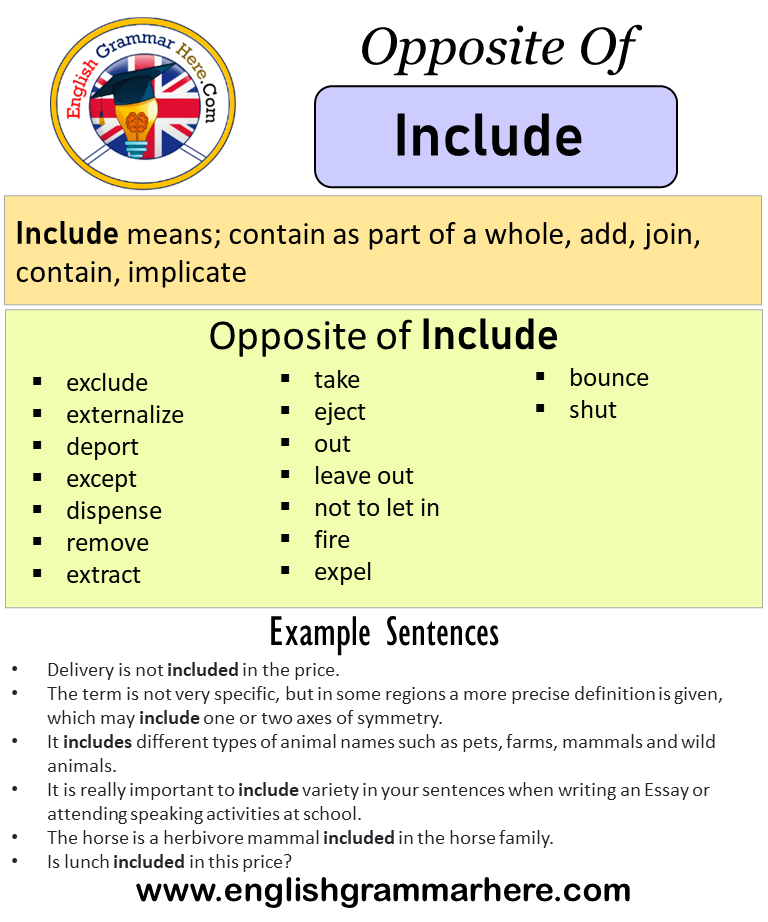 Insecure attachments can occur for a variety of reasons, including having a parent who was emotionally and physically unavailable, having a caregiver or parent who was unresponsive or ignored your needs, or even one who harmed you.
Insecure attachments can occur for a variety of reasons, including having a parent who was emotionally and physically unavailable, having a caregiver or parent who was unresponsive or ignored your needs, or even one who harmed you.
For example, imagine you are 5 years old, and you fall down and skin your knees. You come to your caregiver crying, wanting to be held and comforted. If your caregiver is dismissive, not nurturing, insulting, or pushes you away, you may develop an insecure attachment. You learn early on that people are not trustworthy or able to meet your needs. This follows you into adulthood, where you keep people at an arm’s length because you don’t believe that they will take care of you.
Interdependence
If you are Codependent or Counterdependent, there is a middle ground that you want to work towards. Interdependence is what we want to aim for in our relationships in order to be healthy. Interdependence allows us to be independent, and yet healthily dependent in a relationship.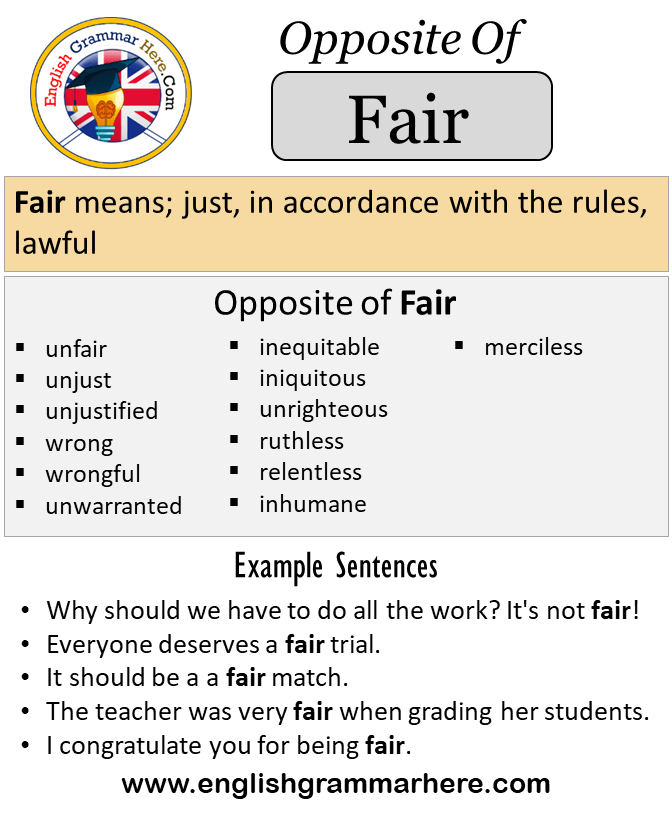 It means an equal balance of power, good and healthy boundaries, and a give-and-take relationship. Interdependence means that you don’t rely on others because of fear, but rather because of shared interests and beliefs. It is doing life with others because you enjoy them, not because you are dependent on them.
It means an equal balance of power, good and healthy boundaries, and a give-and-take relationship. Interdependence means that you don’t rely on others because of fear, but rather because of shared interests and beliefs. It is doing life with others because you enjoy them, not because you are dependent on them.
Treatment
If you are reading this and believe you may be Counterdependent, please reach out for help! Therapy can help you identify where your unhealthy patterns of relating may come from, and how to work towards allowing others in.
If you are reading this, and believe you’re in a relationship with someone who is Counterdependent (and you are possibly a Codependent), please reach out for help! Therapy can help you work towards setting appropriate boundaries and saying “no” without feeling pressure or guilt.
Resources
Here are some of my favorite resources for Counterdependency and Codependency:
“The Flight from Intimacy: Healing Your Relationship of Counter-Dependency” by Janae B Weinhold and Barry K.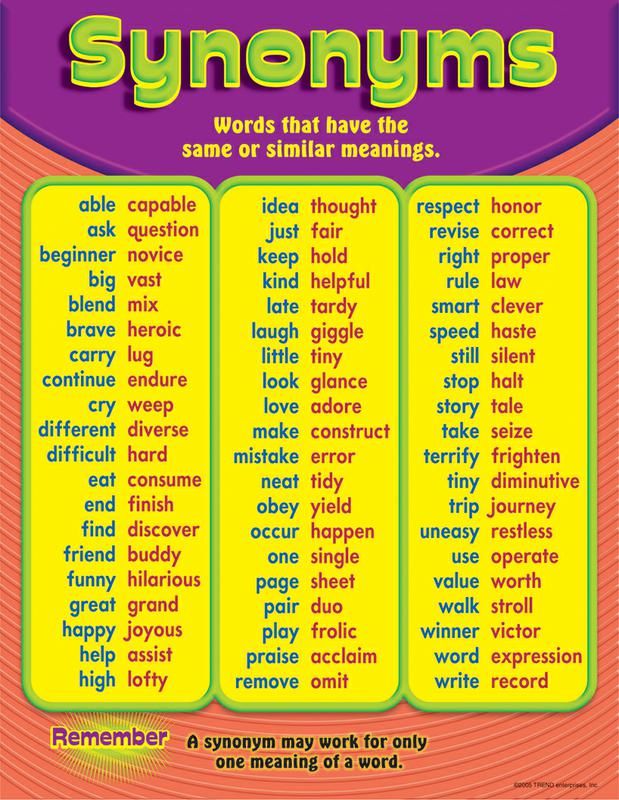 Weinhold
Weinhold
“Codependent No More” by Melody Beattie
CODA (Codependents Anonymous)
Written by Christy Fogg, MSW, LCSW
*Christy Fogg, MSW, LCSW is a licensed therapist at Journey to Joy Counseling in Carmel, Indiana. Christy enjoys doing marriage/couples counseling, individual counseling, premarital counseling. She also provides family counseling, teen and adolescent counseling.
Codependency, Relationships
| Tags: Codependency, Codependent, Counter-Dependency, Counterdependency, Counterdependent
Addiction and counter-dependence: how to distinguish one from the other
How to get through difficult times: daily advice Psy
“Just got up, already tired”: why we don’t get enough sleep and how to fix it
“My wife is looking for a replacement for me”
Know Yourself Man and a woman
Almost every film about love has such a hero: he (rarely she) first actively seeks her (the heroine). The hero appears before us charismatic, charming - charm itself. And everything seems to be developing beautifully and passionately, until it comes to emotional intimacy, which should naturally arise between the characters.
And everything seems to be developing beautifully and passionately, until it comes to emotional intimacy, which should naturally arise between the characters.
In the psychology of relationships, this move is absolutely normal and adequate, but not for our hero. As soon as he realizes that something serious is brewing, he turns into an aloof, cold "monster" and begins to withdraw, avoid communication and abruptly seek contacts on the side.
Why? Because directors love to present just such counter-dependent characters to our attention.
In contrast to this behavior, there is a story about all-consuming, sacrificial love, which, as a rule, is a strong addiction. In such relationships, another person becomes the main element of the universe for the codependent, who receives the role of a determining factor in everything: in mood, well-being, self-esteem, plans, self-confidence and tomorrow.
Experts call this condition codependency — it distorts perception, breaks the boundaries of personality and destroys life
Why does this happen?
It is believed that codependency occurs due to disturbances in the process of separation from the mother in early childhood. Today it is believed that from the moment of birth until the age of two or three, the child is not aware of himself as a being separate from his mother.
Today it is believed that from the moment of birth until the age of two or three, the child is not aware of himself as a being separate from his mother.
However, over time, based on trust and a sense of security, he develops a desire to explore the world, gaining psychological independence from his mother. If the separation process is not completed or goes wrong, the child's own "I" turns out to be fuzzy, and the boundaries of the personality remain permeable.
It is logical that if there is one extreme - codependent people who lack self-sufficiency, there is another - those who have difficulty entering into close relationships. This type of disorder is commonly referred to as counterdependency.
But we must not forget that attachment disorders are precisely a spectrum with different shades and degrees of manifestation. Codependency and counterdependency should not be seen as a black and white dichotomy without nuances.
At the heart of the desire to merge and to avoid intimacy is the same feeling - vulnerability
The person feels very vulnerable, he constantly feels threatened or afraid.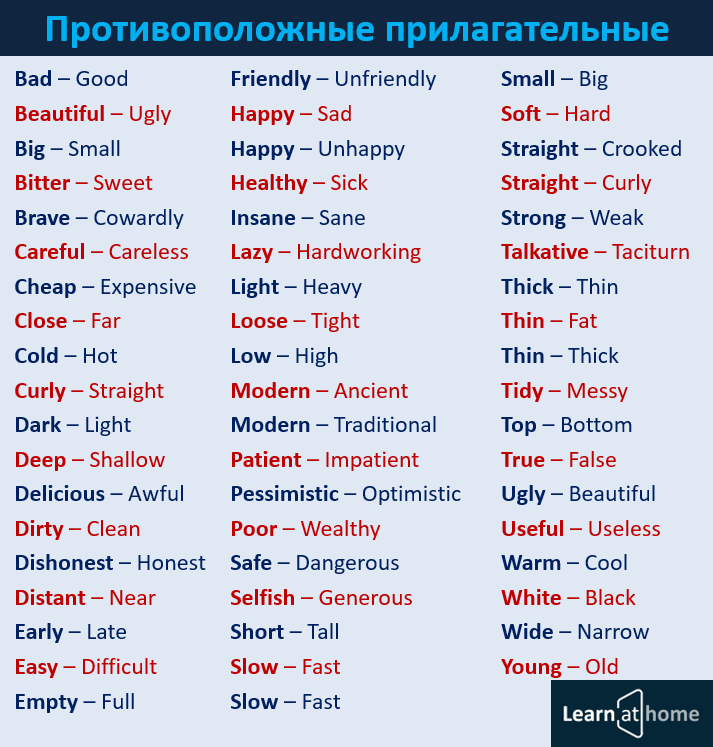 Only this fear is different.
Only this fear is different.
- In the case of a co-dependent relationship, a person feels vulnerable, being alone with himself, he needs someone nearby to identify himself through the relationship. In fact, another person is needed in the function of a mirror in which one can reflect and understand "I am, I am good." Or, conversely, "I am, but I'm bad."
- In counter-dependent relationships, another kind of vulnerability is observed - the fear of being rejected, the fear of coming close and getting burned. Which, quite possibly, has happened more than once. It's really very scary - to come close to what threatens again.
Both are about giving up oneself. It is important to understand that the desire to live by the interests and needs of other people (or go to work) is sometimes an unconscious flight from rapprochement with oneself.
When a person begins to approach himself, then many fears and anxieties appear on the surface due to past traumatic experiences that were not experienced.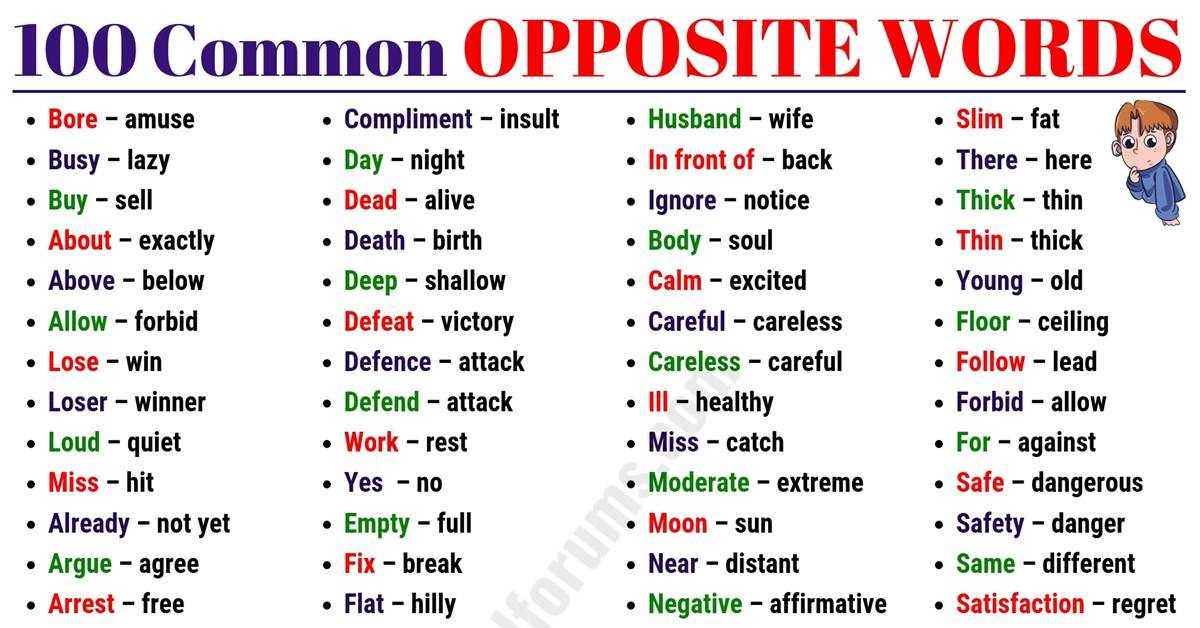 There is no way to make it so that it does not hurt both then and now. And so you want to avoid unpleasant sensations! And then any of the above forms of behavior can be convenient for avoiding pain - either living in merging, or fleeing from intimacy.
There is no way to make it so that it does not hurt both then and now. And so you want to avoid unpleasant sensations! And then any of the above forms of behavior can be convenient for avoiding pain - either living in merging, or fleeing from intimacy.
It seems that modern society somewhere even encourages counter-dependent behavior
Today, individuality is highly valued, people learn to be (or at least look like) self-sufficient, strong.
The distance necessary for a person with counterdependence can be built in different ways.
- As a rule, he does not really like to talk about feelings - suddenly showing tenderness, he either withdraws into himself again, or hurries to reduce the degree of sentimentality with some sarcastic remark.
- He deliberately limits the time he spends with a significant person and seeks to fill his life with various activities and hobbies that, in which case, can distract him from too strong affection.

- The presence of a constant pendulum "closer-farther" for such a person is a forced attempt to sit on two chairs: not to lose someone who has already become dear, and at the same time not to fall into a frightening "meat grinder" of uncontrolled feelings.
But there is also good news: with some work on oneself (not without the help of a psychologist, psychotherapist) and support from loved ones, the avoidant and dependent have a chance to correct the situation.
About the author
Yulia Sviridenko — psychologist, coach, co-founder of Lifestream online school of psychology and coaching. Her blog.
Photo Source: Getty Images
New on the site
Victimblaming: What is Victimblaming and How Does it Spread Violence? I feel like I was being used as a guy”
“It’s time to end the relationship with the womanizer, but how to decide?”
What worries men about sex: 5 main reasons for concern - advice from an andrologist
The dark side: why accept the shortcomings of yourself and your partner - the opinion of a psychotherapist your couple pause in the relationship?
what is counter-dependence and how to deal with it - T&P
True intimacy always involves great risk.
 This is her paradox: having close emotional ties is necessary for happiness, but no one can guarantee that one of them will not cause severe pain. Sometimes it seems that too strong a feeling can absorb the personality of a lover, and sometimes we are paralyzed by the fear of being too dependent or losing someone who has become so dear. These doubts are quite normal as long as they do not interfere with building a fulfilling relationship - but in some cases they seize power over a person's life, forcing him to avoid strong feelings and attachments again and again. "Theories and Practices" talks about how counter-dependence arises and whether it can be overcome.
This is her paradox: having close emotional ties is necessary for happiness, but no one can guarantee that one of them will not cause severe pain. Sometimes it seems that too strong a feeling can absorb the personality of a lover, and sometimes we are paralyzed by the fear of being too dependent or losing someone who has become so dear. These doubts are quite normal as long as they do not interfere with building a fulfilling relationship - but in some cases they seize power over a person's life, forcing him to avoid strong feelings and attachments again and again. "Theories and Practices" talks about how counter-dependence arises and whether it can be overcome.
Subscriber is temporarily unavailable
Many stories of complicated relationships involve a mysterious and controversial hero (or heroine). Such people make a good impression and show genuine sympathy for those who really hooked them, but when it comes to genuine emotional intimacy, yesterday's tender friend turns into a cold and aloof creature, seeking to increase the distance and refusing to recognize the importance of an already established relationship.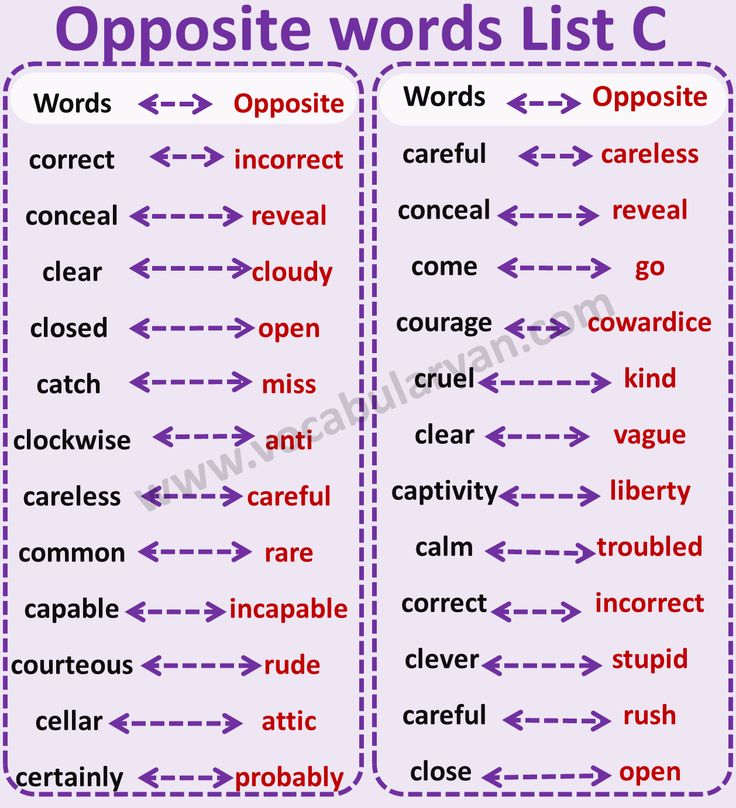 He does not want to talk about personal topics and spends a lot of free time on activities and hobbies that are in no way connected with a partner, openly flirts with someone on the side, and in the most difficult cases, even avoids touching. Something obviously went wrong, but why and at what point?
He does not want to talk about personal topics and spends a lot of free time on activities and hobbies that are in no way connected with a partner, openly flirts with someone on the side, and in the most difficult cases, even avoids touching. Something obviously went wrong, but why and at what point?
Usually, the partners of such characters tend to look for the cause in themselves, but most likely, this problem began long before they met. In one of the past educational programs, we already talked about codependency. Codependency is a violation of attachment, in which a person fixates on a partner and makes him the center of the universe. The ability to enter into close relationships with other people and at the same time remain self-sufficient, ensuring healthy social behavior in the future, is formed in early childhood - in the process of transition from psychological merging with the mother in infancy to separation from her at the age of 2-3 years. And if during this period the child receives a psychological trauma, these mechanisms can give a serious failure, which will also manifest itself in adulthood.
It is logical to assume that if there is one extreme - co-dependent people who lack self-sufficiency, there is another - those who have difficulty entering into close relationships. This type of disorder is commonly referred to as counterdependency or avoidance addiction. But it is worth remembering that attachment disorders are precisely a spectrum with different shades and degrees of manifestation of violations. There is no need to perceive codependence and counterdependence as a black and white dichotomy without nuances.
Angelina Chekalina,
Candidate of Psychological Sciences, Senior Researcher, Department of Personality Psychology, Faculty of Psychology, Moscow State University I have terrible resistance to the very term "counterdependence" - as if with its help they took and balanced the other pole of "dependence". And it turned out such a bipolar construct, on the one hand of which there is a complete merger and complete avoidance of intimacy - on the other, with a set of opposite behavioral manifestations. For example, according to the Weinholds, co-dependent behavior manifests itself in “vulnerability and vulnerability”, while counter-dependent behavior manifests itself in “strength and firmness”. And this classification raises a lot of questions for me. Indeed, in existential psychology and psychotherapy, the strength of the spirit is precisely expressed in the ability to accept one's weakness, one's imperfection, one's own capabilities and limitations.
For example, according to the Weinholds, co-dependent behavior manifests itself in “vulnerability and vulnerability”, while counter-dependent behavior manifests itself in “strength and firmness”. And this classification raises a lot of questions for me. Indeed, in existential psychology and psychotherapy, the strength of the spirit is precisely expressed in the ability to accept one's weakness, one's imperfection, one's own capabilities and limitations.
At the heart of the desire to merge (co-dependent relationship) and to avoid intimacy is the same feeling - a person feels very vulnerable, he constantly feels threatened. Only this sense of threat is about something else. In the case of a co-dependent relationship, a person feels vulnerable, being alone with himself, he needs someone nearby to identify himself through the relationship. In fact, another person is needed in the function of a mirror in which one can reflect and understand "I am, I am good." Or, conversely, "I exist, but I'm bad. "
"
In the case of counter-dependent relationships, there is another kind of vulnerability - fear of being rejected, rejected, fear of getting close and getting burned. Which, quite possibly, happened more than once in different relationships. It's really very scary - to come close to what threatens again. Can this be called strength and firmness? In my understanding, no. And it's also about giving up on yourself.
You can also look at the renunciation of one's own life in various forms from a slightly different angle. Living in the interests and needs of other people (or going to work) is sometimes an unconscious flight from getting closer to yourself. When you start to get closer to yourself, then a lot of emotions appear on the surface due to past traumatic experiences that are not experienced and repressed. There is no way to make it not hurt, both then and now. And so I want it not to hurt! And then any of these forms of behavior can be suitable for avoiding pain - either living in fusion or fleeing from intimacy.
What must happen in order for a person to show pronounced signs of counter-dependence by a conscious age? There is no single answer to this question, but different options are possible. The first is overly controlling parents who do not allow the baby to gain the desired independence. As a result, the child begins to associate close relationships with lack of freedom, pressure and fear of losing himself and "fixes" on defending his own independence. He continues to follow this model in adult relationships.
The second option is the opposite: the separation from the mother, on the contrary, happened too early, before the child was ready for it. Or he simply did not receive warmth and attention from one of the parents (or both). In this case, the relationship is associated with the pain of loss and possible rejection. This means that it is better not to become attached to anyone or leave your dear person first, before he rejects you himself. “As our clinical studies have shown,” write psychologists Berry and Janey Weinhold in the book “Escape from Intimacy”, currently the most famous foreign work on the topic of counterdependence, “the most common cause of codependency and counterdependence is developmental trauma, caused by barely a discernible disruption in the bond between parent and child, which implies a lack or absence of emotional attunement.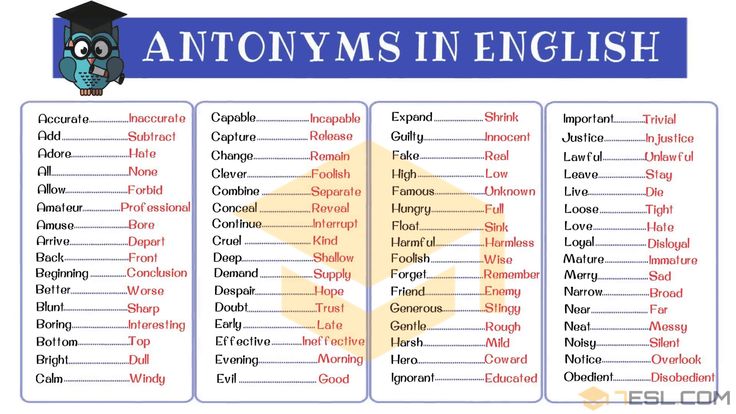 If this disunity is not identified and overcome, a habit of isolation and indifference develops, which can have a serious impact on attitudes towards intimacy in adulthood.
If this disunity is not identified and overcome, a habit of isolation and indifference develops, which can have a serious impact on attitudes towards intimacy in adulthood.
Some psychologists also believe that the problem may be in the excessively emotional and unpredictable behavior of parents (most often, mothers; problems associated with counterdependence occur more often in men) - the child gets the impression that feelings and emotions always lead to dangerous chaos, so it's better to control them.
In addition, modern society encourages counter-dependency behavior - individuality is highly valued, young people learn to be (or at least look like) self-sufficient, strong and reserved, and often hesitate to show vulnerability or admit that they need someone. In relationships, personal comfort becomes a priority, and serial monogamy seems to many to be a more viable option than the traditional family model.
In any case, nothing human is alien to avoidance addicts — deep down they are also afraid of loneliness. But they realize this fear much worse than their own fear of intimacy. And even more so, they do not understand its causes, which grow from childhood, because children always believe that their parents act from the best of intentions and tend to justify or displace negative experiences from memory.
But they realize this fear much worse than their own fear of intimacy. And even more so, they do not understand its causes, which grow from childhood, because children always believe that their parents act from the best of intentions and tend to justify or displace negative experiences from memory.
Running in circles
Since people with counterdependence find it difficult to fulfill themselves in close relationships, they invest their energy with a vengeance in other areas of life (career or hobbies) and strive to make a good impression on those around them. It's hard to see the catch - at the initial stage of the relationship, the avoidant addict is really fascinated by his partner and tries very hard to please him. The problem arises later, when it is discovered that the person with attachment disorders is equally sincere in wanting to spend time together, looking at the stars and talking about everything in the world, and in the desire to escape or push the companion later, when everything goes too far.
"Too far" is a relative concept, and it is impossible to attach some formal milestone to it, such as a third date, getting to know your parents, or renting a house together. “Too far” for one may be where true intimacy has not yet begun for another. Someone may even get married, but even there maintain a certain emotional distance, while someone starts having an anxiety attack already in the second week of the relationship. The only criterion - and it is very subjective - at a certain stage, the counter-dependent person ceases to feel safe. This may be due to some real pressure from the partner - for example, the requirement to finally determine the status of the relationship. But not necessarily: in order to one day wake up in a cold sweat, it is enough for some to feel a little less self-sufficient than before. Too passionate a look, too sincere conversation, too sorry to part after a weekend spent together - and now you have one foot in the trap of feelings, which, as your subconscious mind tells you, will bring nothing but suffering.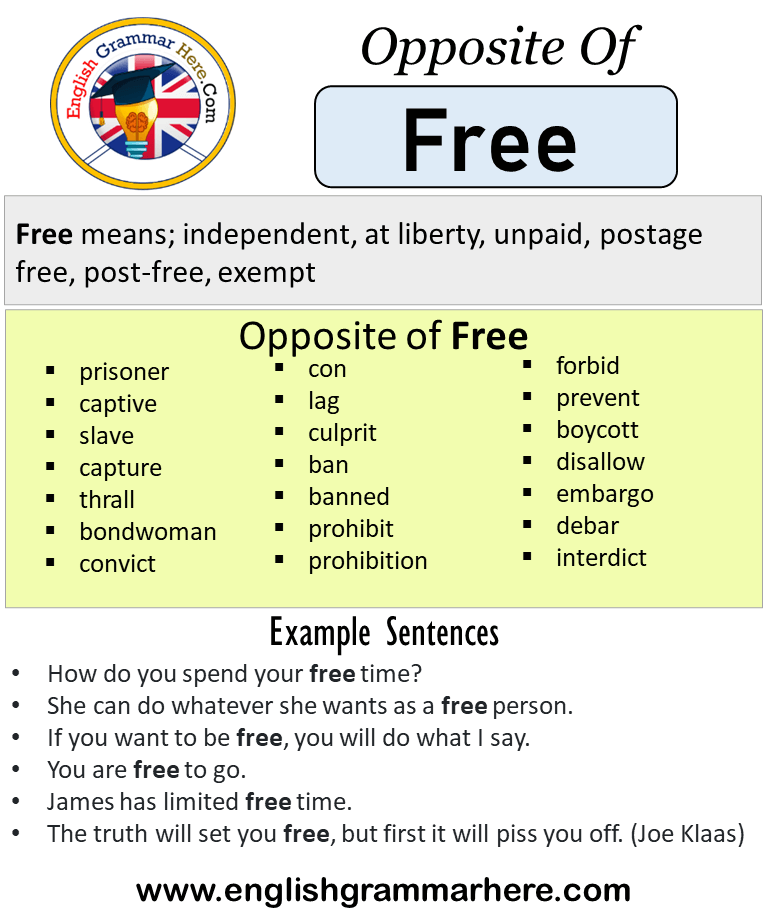 Therefore, it is better to assert your boundaries by pushing the satellite right now, before everything leads to disaster. Consciously, this whole logical chain, most often, is not tracked - a person feels inexplicable discomfort (violation of personal integrity, loss of himself, lack of freedom, feeling that someone absorbs his energy) and tries to somehow rationalize it, without getting to the bottom of the true essence of things .
Therefore, it is better to assert your boundaries by pushing the satellite right now, before everything leads to disaster. Consciously, this whole logical chain, most often, is not tracked - a person feels inexplicable discomfort (violation of personal integrity, loss of himself, lack of freedom, feeling that someone absorbs his energy) and tries to somehow rationalize it, without getting to the bottom of the true essence of things .
© Studio Jane&Andrew Gough
For a partner, this is all the more painful, the less he was intrusive in reality - few people want to feel like an annoying admirer. A person prone to reflection will begin to doubt at this moment: “Have I made some mistake? Was I really too pushy?" Then everything depends on the readiness to fight for the obstinate object of feelings. Codependent people are drawn into such relationships more often because periodic rejection from a partner does not stop them - it answers their own unconscious fear of intimacy. As a result, the relationship turns into a cyclical process: feeling threatened, the counter-addict pushes the partner away, but, having run back to a safe distance, begins to miss him again. It’s hard for the partner, but, having again believed in his need, he returns - with the hope that he will no longer be pushed away.
As a result, the relationship turns into a cyclical process: feeling threatened, the counter-addict pushes the partner away, but, having run back to a safe distance, begins to miss him again. It’s hard for the partner, but, having again believed in his need, he returns - with the hope that he will no longer be pushed away.
But at the same time, it is wrong to assume that co-dependent and counter-dependent people are bound to be together as a pair of opposites. There are cases when the same person in different respects shows the traits of either co-dependence or counter-dependence. Sometimes two people with codependency tend to enter into a relationship and one begins to overwhelm the other so much that he begins to learn to assert his personal space. Or a couple of independent and self-sufficient ones can organize a strong alliance, not burdened by excessive emotional closeness. In general, there are no universal scenarios and rigidly fixed constructions - although the well-known psychiatrist, the founder of modern addictology, Cesar Korolenko, noted in his works that love addicts and avoidance addicts are most often attracted to each other, regarding other people as "uninteresting".
The distance necessary for a person with counterdependence can be built in different ways. As a rule, he does not really like to talk about feelings - suddenly showing tenderness, he either withdraws into himself again, or hurries to reduce the degree of sentimentality with some sarcastic remark. In addition, he tries not to reveal himself too much in communication on other topics. He specifically limits the time spent with a significant person, and seeks to fill his life with various activities and hobbies, which, in which case, can distract him from too strong affection. Such people can cheat on a partner that suits them only in order to maintain "inner freedom" and feel the possibility of choice.
It is important to understand here that, unlike other “problematic lovers”—perverted narcissists, for example—the counter-addicted person is not going to cold-bloodedly play with someone else’s feelings in order to amuse his ego. Although it is pleasant for him (like any normal person) to feel needed and loved, the constant pendulum "closer-further" for him is a forced attempt to sit on two chairs: not to lose someone who has already become dear, and at the same time not to fall into a frightening meat grinder uncontrollable feelings. But with some work on oneself (not without the help of a psychotherapist) and support from loved ones, the avoidance addict has a chance to correct the situation.
But with some work on oneself (not without the help of a psychotherapist) and support from loved ones, the avoidance addict has a chance to correct the situation.
Possible Solutions
Being a serious problem, counterdependence is not an officially recognized mental disorder. The psychotherapist may assume that the patient has this problem, based on his own testimony or the testimony of his relatives. Here are the main signs of violation, compiled by psychologists Berry and Janey Weinhold:
• difficulty in getting close to people and maintaining closeness in intimate relationships
• tendency after the breakup of relationships to consider former partners bad or vicious
• Difficulties in dealing with feelings (other than anger and frustration)
• Fear of being controlled by others
• Habit of saying no to new ideas suggested by others
• Resisting intimacy attempts and feelings of anxiety in intimate relationships
• constant fear of making a mistake, desire to be perfect and demanding the same from others
• refusal to help, even if it is really needed
• fear that other people will turn away from you if you show your weaknesses and fears
• workaholism or being overly busy with hobbies, recreational activities, or other activities.
What should you do if you find counter-dependency traits in your partner and you think that this negatively affects the relationship? First, do not rely too much on self-diagnosis - before labeling, it is better to consult a family therapist. Secondly, you should honestly tell yourself what you want from this relationship. And if the current state of affairs does not suit you, you should not put up with it. A common advice on the Web is to try to keep the "elusive" by giving the impression that you do not claim anything and do not belong entirely to him. Emphasize your boundaries in every possible way, restrain sentimental impulses and live your busy life, limiting the number of meetings and manifestations of affection. Formally, these techniques are likely to work - the counter-addict has fewer reasons to run away from such a partner. But it is worth considering how long you can withstand such a game and what is the point of a relationship if you keep it this way.
Even if you believe that the person is "yours" and everything can work out, both should participate in saving the relationship - the partner should begin to realize the problem and agree to work on it.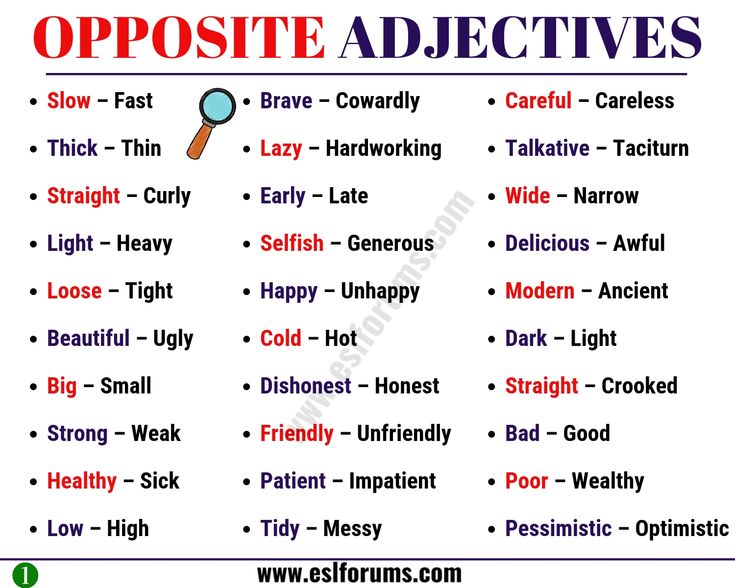 In this case, joint sessions with a psychotherapist can give a good result. If a partner refuses to admit that something is wrong with him, your single-handed efforts are unlikely to lead to a happy ending.
In this case, joint sessions with a psychotherapist can give a good result. If a partner refuses to admit that something is wrong with him, your single-handed efforts are unlikely to lead to a happy ending.
For those who come across a counter-dependent partner more than once, or in general you meet such characters with enviable regularity, it makes sense to go to a psychotherapist and figure it out with yourself - why do you like just such people?
Angelina Chekalina,
Candidate of Psychological Sciences, Senior Researcher, Department of Personality Psychology, Faculty of Psychology, Moscow State University If we proceed from the fact that counter-dependence is the impossibility for various reasons to be in close relationships, then such relationships will end. And sooner rather than later. If the question is about what I can do for another, the answer is nothing. Whatever you do, it will still not be the same. If the question is about what I can do for myself, then you should first ask yourself an unpleasant, but very honest question: “What keeps me close to a person with whom I don’t like relationships?” And look for an answer to it.